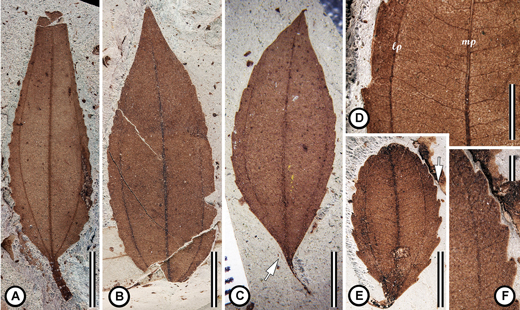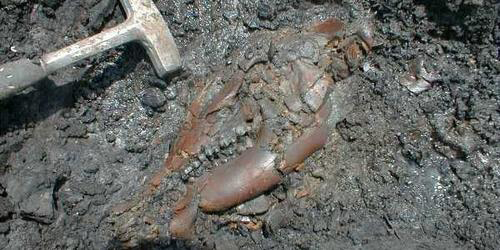New Dinosaurs of China Exhibition Coming to Nottingham
Major Feathered Dinosaur Exhibition Coming to Nottingham
An exhibition highlighting the evolution of feathered dinosaurs is coming to the UK.
The idea that dinosaurs are not extinct might ruffle a few feathers. However, the Dinosauria essentially consists of two parts, avian dinosaurs (birds) and non-avian dinosaurs, iconic prehistoric animals such as Tyrannosaurus rex, Stegosaurus and Triceratops. It is the bird lineage, that is very much still with us today. No need to get into a flap if this statement confuses, a major dinosaur exhibition starting this summer will provide all the answers.
Dinosaurs of China Exhibition Coming to Nottinghamshire
Picture credit: Zhao Chuang
A Once-in-a-Lifetime Event
Opening its doors on the 1st of July, the “Dinosaurs of China – Ground Shakers to Feathered Flyers” exhibition will tell the story of how one group of dinosaurs evolved into birds and you can expect to meet an incredible cast of characters on the way. Located at two venues, (Wollaton Hall and the Nottingham Lakeside Arts Centre), this family-friendly dinosaur exhibition provides a once-in-a-lifetime opportunity to view amazing fossils and skeletons that have never been outside of Asia before.
For models of feathered dinosaurs and other prehistoric animals: Everything Dinosaur and Prehistoric Animal Models.
Ground Shakers and Feathered Dinosaurs
Highlights of the exhibition will include an enormous, rearing long-necked dinosaur Mamenchisaurus that looks down at you from a head height of thirteen metres, that’s twice as high as a giraffe! If the mighty double-decker-bus-sized Mamenchisaurus doesn’t get your young dinosaur fans roaring with excitement then look out for Sinraptor, a vicious carnivorous dinosaur that once roamed China some 160 million years ago. With a skull almost a metre in length and a set of powerful jaws lined with serrated teeth, Sinraptor was a formidable predator, one that could probably run faster than you!
Had you been around in the Late Jurassic and been unfortunate to meet this hypercarnivore, Sinraptor would very probably have viewed you as potential prey and tried to eat you.
The Fearsome Sinraptor (S. dongi)
See Sinraptor Fossils
The model shown above is a PNSO Sinraptor.
To view the PNSO range of prehistoric animal models: PNSO Age of Dinosaurs Models and Figures.
If you like meat-eating dinosaurs, take time out to visit the bizarre double-crested Dilophosaurus on display at the Nottingham Lakeside Arts Centre and whilst there, sign up for one of the exciting dinosaur themed activities, all aimed at educating and inspiring the next generation of young palaeontologists. A comprehensive programme of prehistoric animal arts, crafts, fossil exploration, workshops and story-telling has been designed to run in conjunction with the exhibition. Booking early is recommended to avoid disappointment.
Running from 1st July through the summer holidays and ending on the 29th October, the “Dinosaurs of China” exhibition provides a rare opportunity to get up close to some of the most astonishing and scientifically important fossil discoveries ever made.
Feathered Flyers and Feathered Dinosaurs
Telling the story of how dinosaurs evolved into birds, the carefully crafted exhibition will entertain, inform and enthral, with visitors getting the chance to meet a dinosaur ensemble including several bizarre members of the Dinosauria. Take the buck-toothed Epidexipteryx (pronounced epi-decks-ip-ter-icks) for example, a dinosaur that may have lived like a squirrel and winkled grubs out of tree holes like an aye-aye.
Dinosaurs Don’t Get Much Stranger than Epidexipteryx
Picture Credit: Zhao Chuang, Xing Lida/Nature
For further information about this exciting dinosaur exhibition coming to the UK this summer visit the Wollaton Hall website.
Visit Everything Dinosaur’s website: Everything Dinosaur.


































